50+ Sample Change Management Plans
-
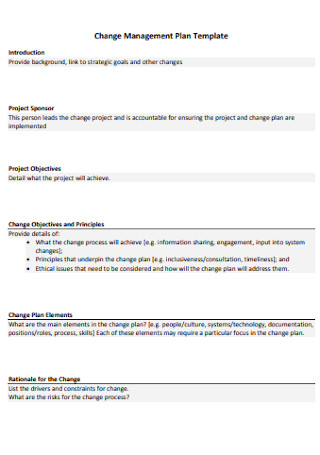
Change Management Plan Template
download now -
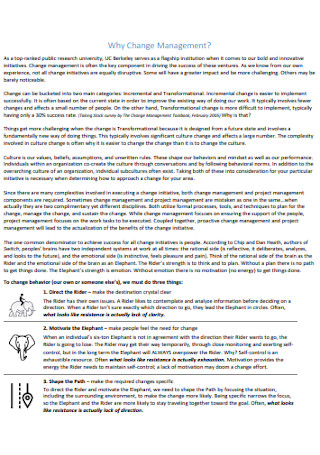
Change Management Toolkit Plan
download now -

Organizational Change Management Plan
download now -
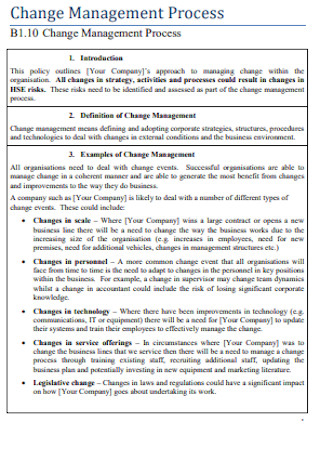
Change Management Process Plan
download now -
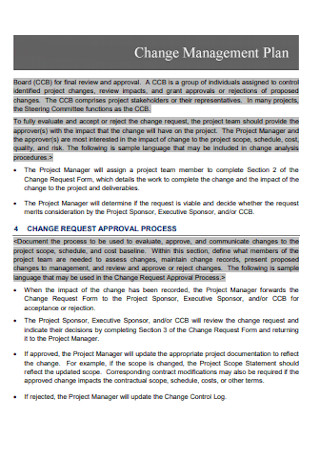
Project Change Management Plan
download now -
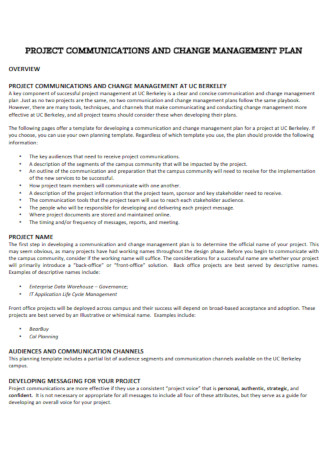
Change Management Communication Plan
download now -
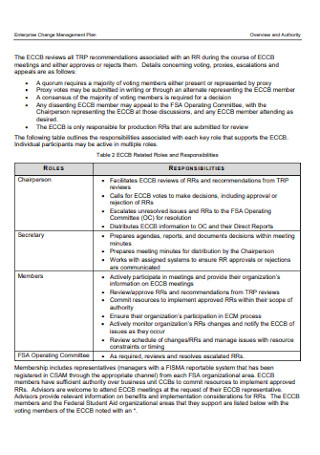
Enterprise Change Management Plan
download now -
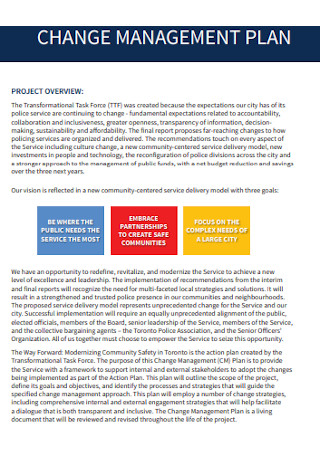
Police Change Management Plan
download now -
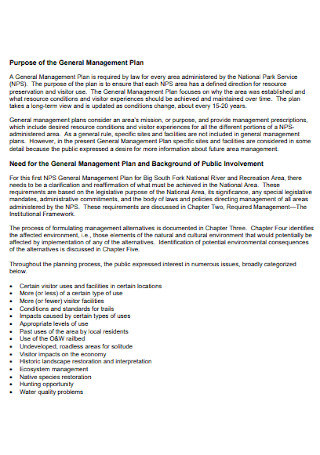
General Change Management Plan
download now -
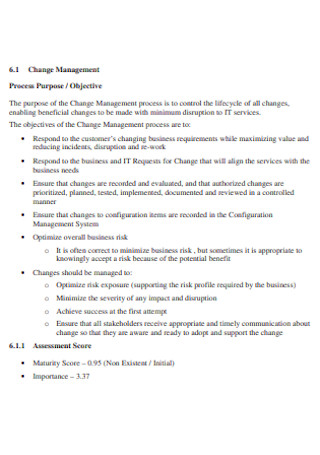
Office Change Management Plan
download now -
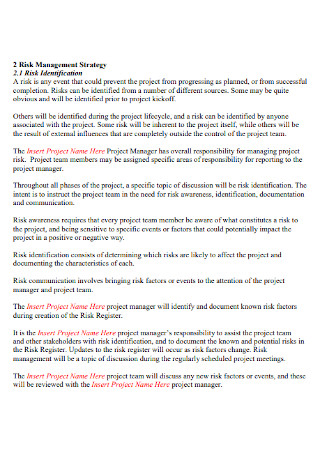
Change Management Strategy Plan
download now -

Best Practice in Change Management Plan
download now -
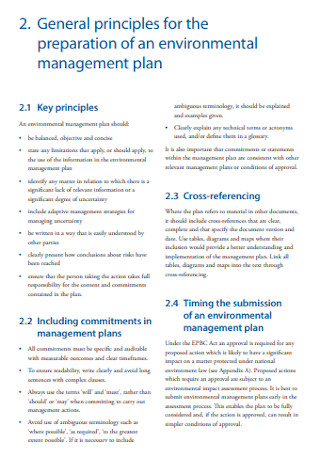
Environmental Change Management Plan
download now -

IT Change Management Plan
download now -
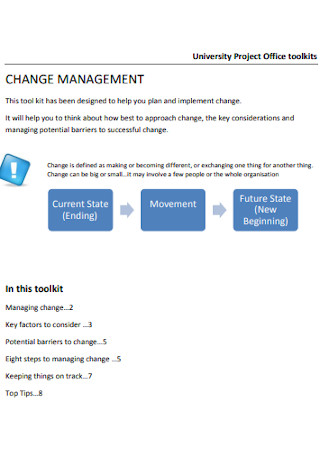
Project Office Change Management Plan
download now -
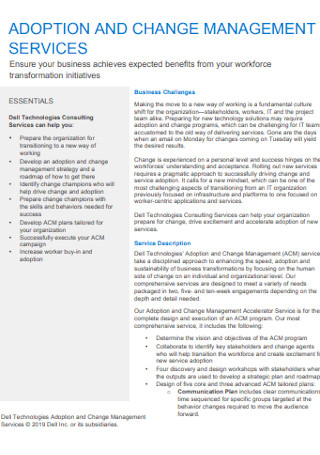
Change Management Service Plan
download now -
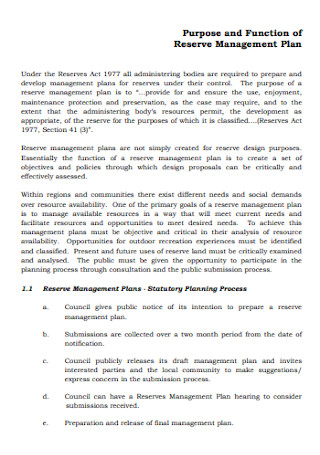
Function of Reserve Change Management Plan
download now -
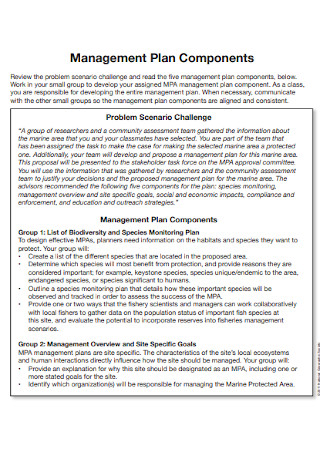
Management Plan Components Template
download now -
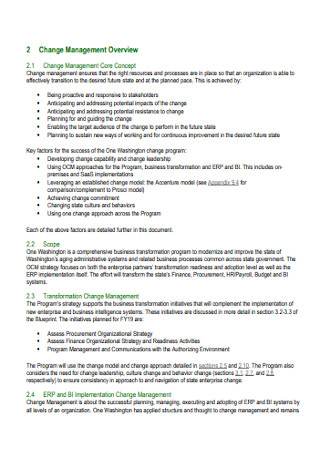
Simple Change Management Plan
download now -
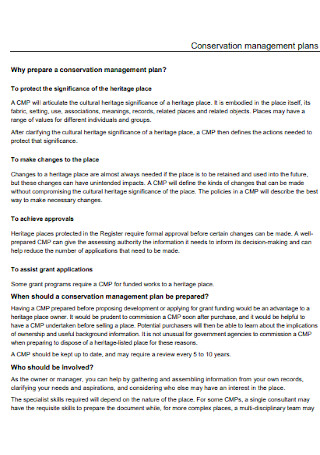
Conservation Change Management Plans
download now -
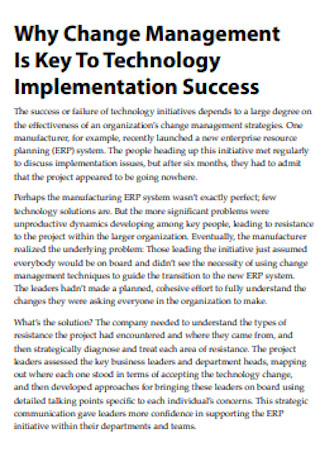
Standard Change Management Plan
download now -
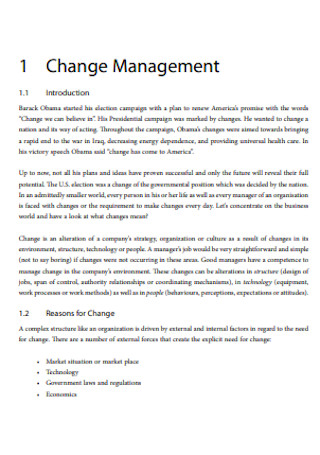
Formal Change Management Plan
download now -
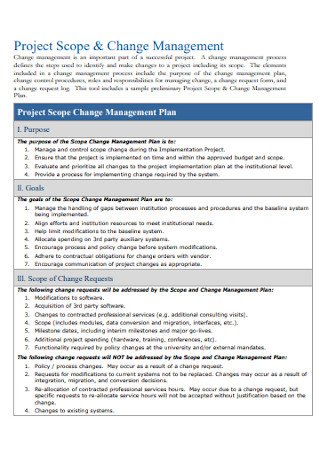
Project Scope Change Management Plan
download now -
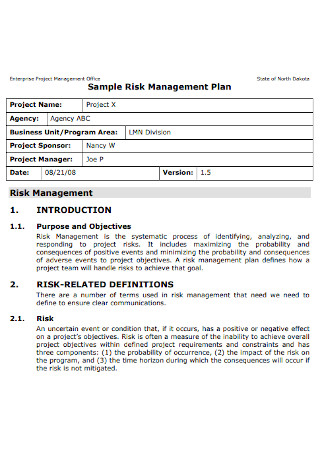
Sample Risk Change Management Plan
download now -
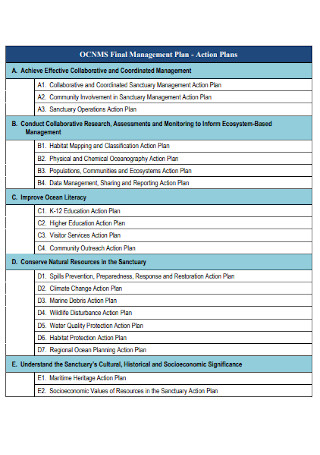
Final Change Management Plan
download now -

Collaborative Change Management Plan
download now -
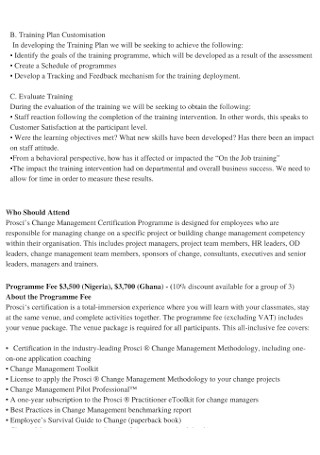
Change management Program Plan
download now -
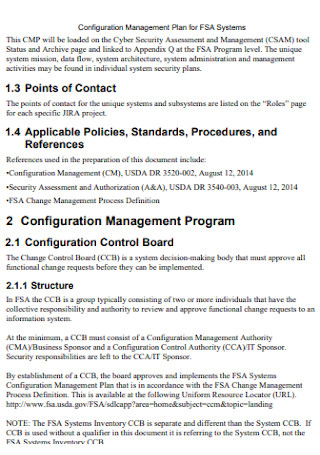
Configuration Change Management Plan
download now -
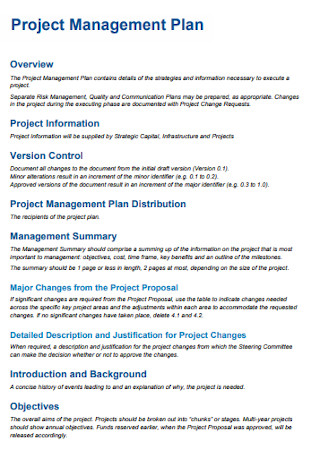
Project Change Management Plan Example
download now -
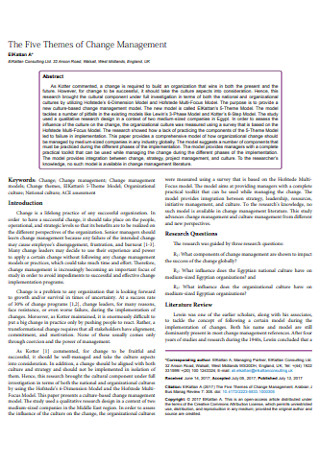
Themes of Change Management Plan
download now -
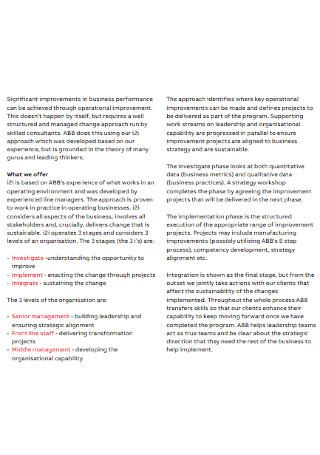
Change Management Model Plan
download now -
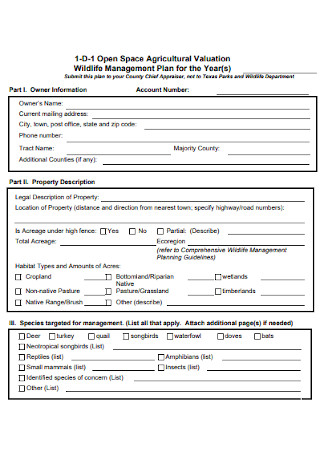
Wildlife Management Plan for the Year
download now -
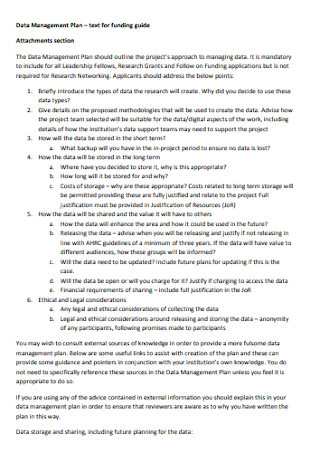
Data Change Management Plan
download now -
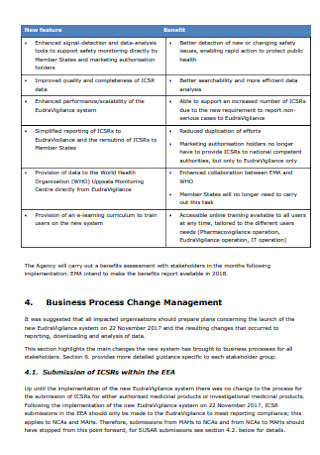
Stakeholder Change Management Plan
download now -
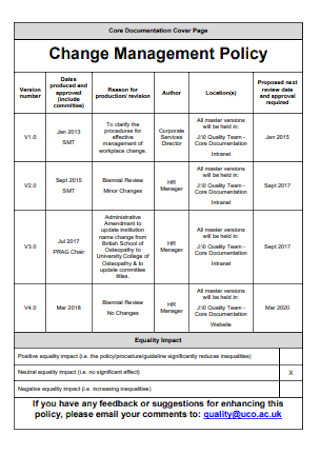
Change Management Policy Plan
download now -

Application for Change Management Plan
download now -

Forest Change Management Plan
download now -
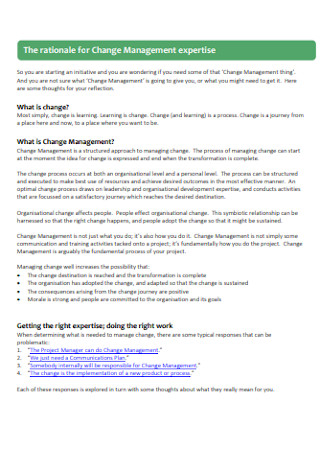
Change Management expertise Plan
download now -
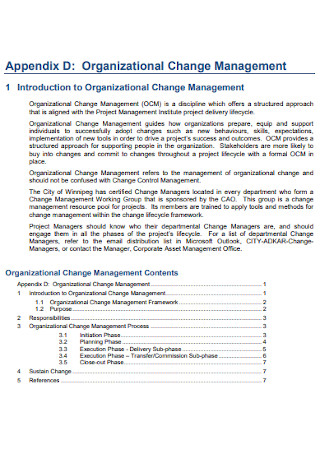
Sample Organizational Change Management Plan
download now -
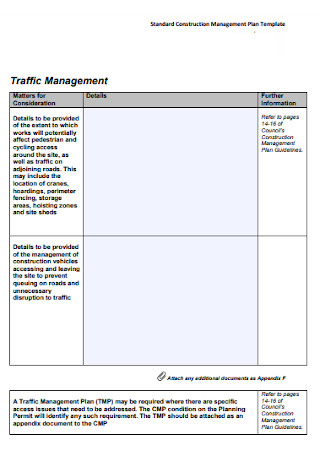
Construction Change Management Plan Template
download now -
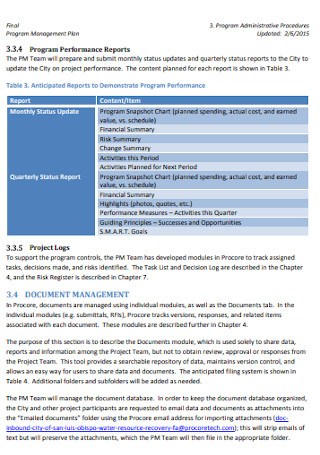
Program Change Management Plan
download now -

Provider Change Management Plan
download now -
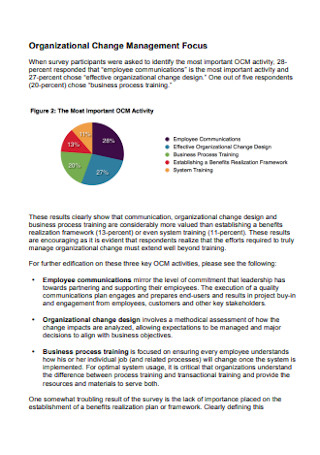
Change Management Focus Plan
download now -
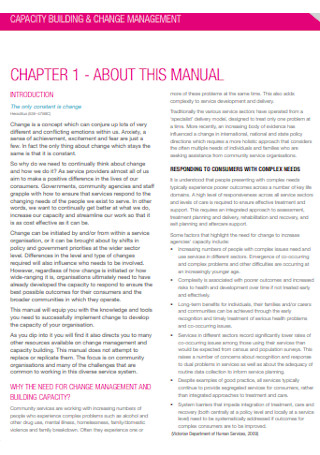
Building Change Management Plan
download now -
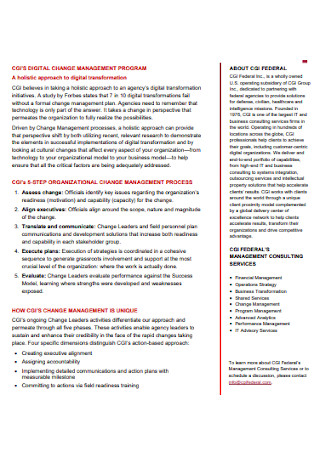
Change Management Program Plan Example
download now -
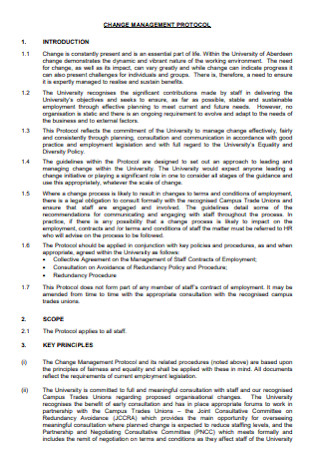
Change Management Protocal Plan
download now -
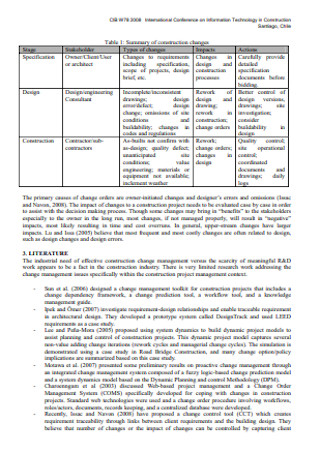
Construction Project Management Plan
download now -
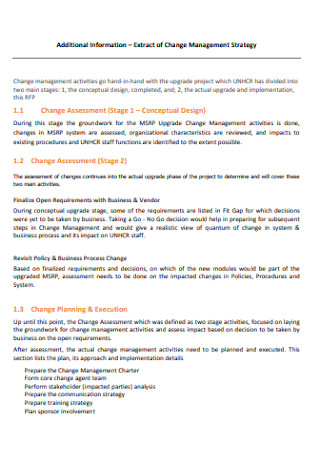
Extract of Change Management Plan
download now -

Operational Change Management Plan
download now -
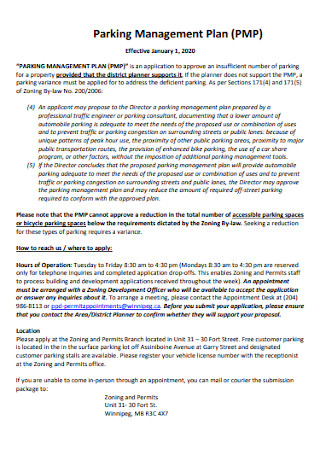
Parking Change Management Plan
download now
FREE Change Management Plan s to Download
50+ Sample Change Management Plans
Change Management Plans: What Are They?
Why Is a Change Management Plan Essential?
Main Questions to Answer in a Change Management Plan
How to Create a Solid Change Management Plan
FAQs
What are the components of a successful organizational change?
What does ADKAR stand for?
What are the five phases of a change management plan?
Change Management Plans: What Are They?
A change management plan is a detailed systematic framework that shows you the process of how to manage any organizational change efficiently and effectively. There is more to handle in a change in management in the first place such as a schedule, scope of work, budget, communication, and other necessary resources. And the plan guides you on how to work on those changes from start to finish rather than not knowing any approach on how to deal with such matters. You can also treat this plan as a strategic business roadmap in assuring that the change management tasks and deliverables will be met in the end.
According to a Harvard Business Review research survey, 60–70% of organizations’ change initiatives tend to fail.
Also, Forbes reported that the pivotal ingredients of a successful organizational change are vision, benefits, sponsorship, resources, and methodology.
Why Is a Change Management Plan Essential?
Indeed, a change management plan prepares you for any change process smoothly. But why else is it important for organizations in general? In this segment, you will learn about the top reasons for how important change management plans are.
Easier Adjustments
Changes can be challenging no matter how small or big it is for an organization. In fact, people have different adjustment mechanisms when it comes to how they adapt to the challenges brought by changes. So rather than bombarding people with one change to another, introduce them towards these changes ahead in a change management plan. That way, stakeholders remain agile towards anything new.
Minimized Impact
As stated earlier that there are challenges with different changes, the impact or resistance is expected to lessen when there is a change management plan involved. With a business impact analysis or impact assessment for the organizational, employees, clients, and stakeholders, the challenges won’t affect all parties badly. Effects are only worse if these changes are unannounced as people don’t know what to expect.
Organized Strategic Reference
The best thing about a change management plan is that the whole data is displayed in a detailed and organized presentation. Much like a well-made strategic plan, you will get a comprehensive reference on what to do and what to know about integrated changes. And that alone proves how essential change management plans are.
Thorough Understanding
Do not assume that a change management plan simply brings you instructions on what to do or not do during a change management process. You will understand why there is a need to change as well. Maybe you are curious as to why certain deliverables are needed in the plan and it will be surely explained in an effective change management plan. Hence, you can determine and understand what is changing, including the purpose behind such action plans.
Reliable Tracking System
Change management plans are more than just building concepts and following strategies. You can also use it as a tool in monitoring the success rate of operations or tracking milestones. Because even if a change management plan is well-made, how sure are you that everything goes exactly as planned? Consider the plan as a dependable tracking sheet and check how progress is being made towards change management.
Greater Success Rate
Did you know that 60–70% of change initiatives from organizations tend to fail? That proves that there are benefits and challenges brought by change management. And without a plan, you are only increasing the risk of your management failing. Therefore, change management plans are helpful for security in improving the success rate of operations towards changes.
Main Questions to Answer in a Change Management Plan
What should be covered in a change management plan, you might ask? There is no same change management plan that works for all types of businesses. But there is a common pattern for every pattern, specifically seven elements. And the seven significant elements that must be answered in change management plans are the following:
How to Create a Solid Change Management Plan
Now that you have a proper introduction towards a change management plan’s meaning, purpose, and important aspects to cover, are you ready to make the plan itself? Rest assured, you will be guided easily in just six steps. And with the help of sample change management plan templates, the process runs even smoother. So without further ado, here are the steps in writing your change management plan effectively:
-
Step 1: Use a Sample Change Management Plan Template
What better way to come up with a change management plan quickly than to use professionally made and premade templates? Without working from scratch, you can simply edit the template’s content, design, format, and other customizable features. You may opt for a simple change management plan template, change management communication plan template, or any other job plan template you want. And the best part is they are downloadable and printable for free. Download now!
-
Step 2: Clarify the Reasons for Change
A common mistake made by many organizations is by assuming that the reason for specific changes is self-explanatory; hence, they no longer stated the reasons in the change management plan. Despite having obvious hints about the reason, a proper definition and explanation are still required in the plan. These reasons help stakeholders stay at ease since they will understand why change is necessary and how it can develop the company once the plan works. In fact, having great intentions for such changes will bring higher chances that the stakeholders will support the change.
-
Step 3: Identify the Scope and Parties Involved
Just like in making a conventional scope of work, you also need to find the scope for your change management plan. This scope will help clarify who will be impacted by these changes. The same goes for what other impacts will be brought including work responsibilities, organizational structure, job policies, and overall operations. Also, recognize the change management team and stakeholders involved and these people are called parties in the plan. This part confirms the new organizational structure or new roles given to members.
-
Step 4: Remind about the Potential Benefits
What are the benefits expected from the change management process? State them individually in a separate section. A short benefit analysis will help you know what to write as well. These benefits must be linear to the reasons as to why changes are implemented in the first place. That way, a clear understanding of the advantages takes place. Also, can you recall the seven main questions worth answering in a change management plan? Ensure that your plan answers these queries to complete your work.
-
Step 5: Track the Costs, Milestones, and Overall Progress
Even the most flawless change management plan goes to waste if people aren’t even working according to the plan. Thus, continue making a progress report to ensure that milestones are reached and that the change plan is nearly successful. The closer the team is to succeed, the more fulfilling it feels to follow the plan as intended. Also, log the challenges and costs involved to figure out another plan to ensure these difficulties receive proper solutions.
-
Step 6: Insert a Change Management Communication Plan
Now that you are through with the change management plan, how will you present or communicate those ideas to employees, clients, and stakeholders? Bear in mind that communication is a crucial aspect that affects how successful or unsuccessful plans work so a communication plan is, no doubt, needed. That means managers are reachable to everyone, the organization provides a positive tone in the plan, there is access for everybody to track updates, or that stakeholders are allowed to contribute with their ideas too. And once all these steps play out, you are guaranteed to come up with an efficient change management plan.
FAQs
What are the components of a successful organizational change?
Forbes reported that there are five important ingredients to successful organizational changes. These are vision, benefits, sponsorship, resources, and methodology.
What does ADKAR stand for?
ADKAR is a popular business model for changes and it means:
- A – Awareness of the need for change
- D – Desire to change
- K – Knowledge of how to change
- A – Ability to handle skills needed for change
- R – Reinforcement of the change
What are the five phases of a change management plan?
The five phases of a standard change management plan are change assessment, change plan development, change plan execution, change monitoring or tracking, and change management exit.
Saying that adjusting to new changes at work is challenging is an understatement. The thing is a single change can affect the flow of business operations and the direction of the work structure. Hence, your goal is to implement a change-resistant team in which all stakeholders would buy your ideas for the benefit of the company. And you can certainly accomplish that with an editable tool and easy-to-use documentation known as sample change management plans. Optimize a template to leverage your change management implementation now!
